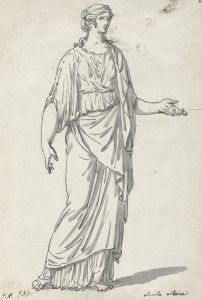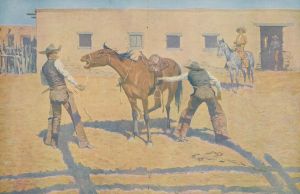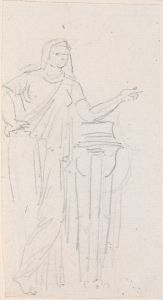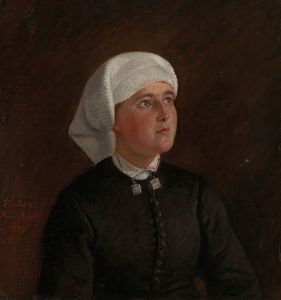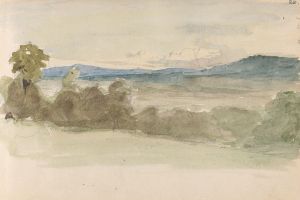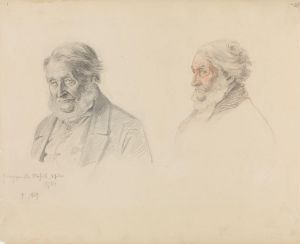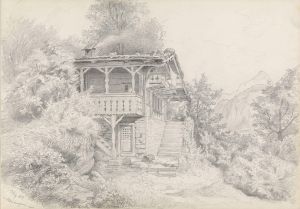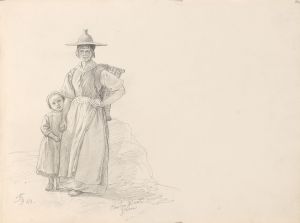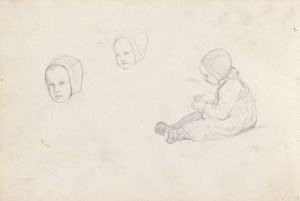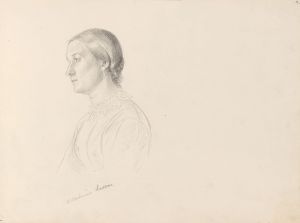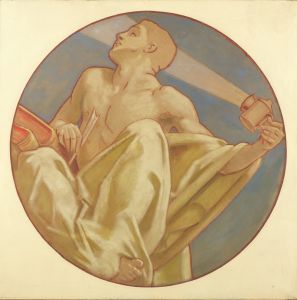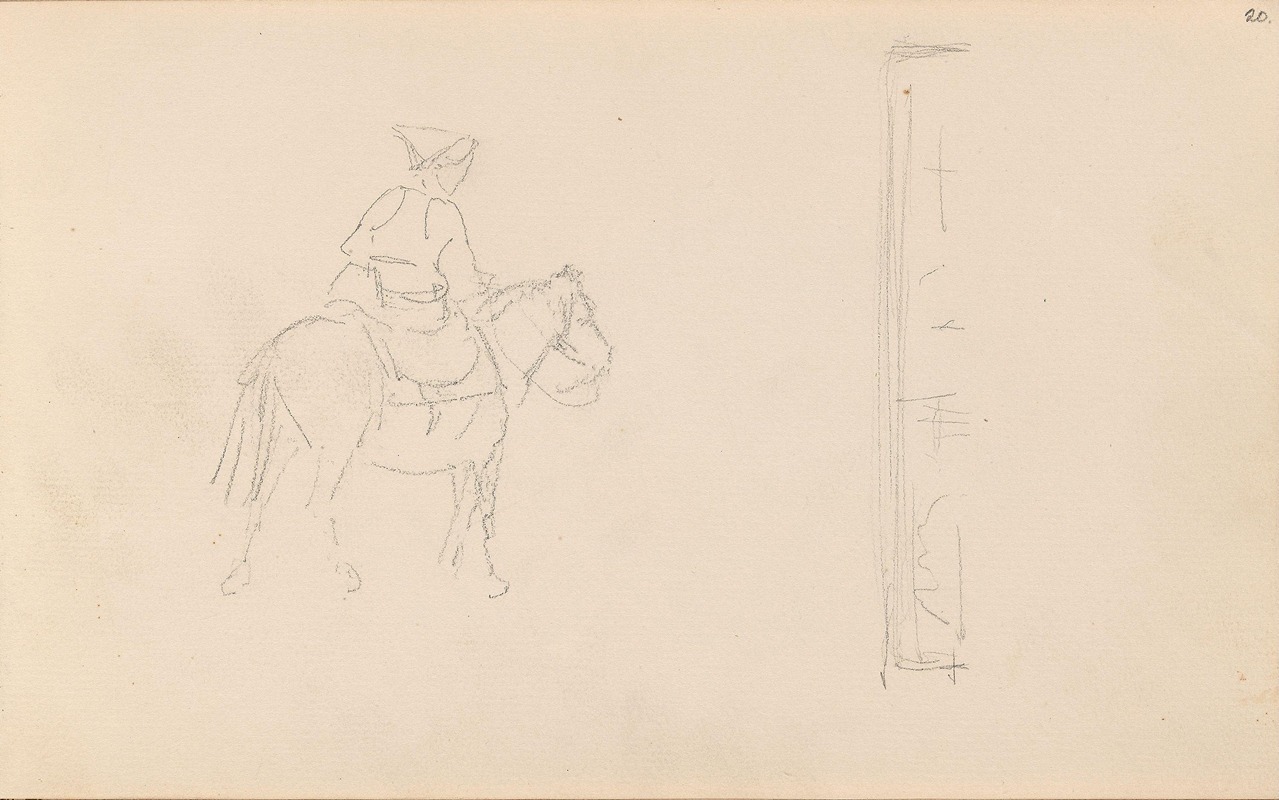
Ridende kvinne
A hand-painted replica of Adolph Tidemand’s masterpiece Ridende kvinne, meticulously crafted by professional artists to capture the true essence of the original. Each piece is created with museum-quality canvas and rare mineral pigments, carefully painted by experienced artists with delicate brushstrokes and rich, layered colors to perfectly recreate the texture of the original artwork. Unlike machine-printed reproductions, this hand-painted version brings the painting to life, infused with the artist’s emotions and skill in every stroke. Whether for personal collection or home decoration, it instantly elevates the artistic atmosphere of any space.
Adolph Tidemand (1814–1876) was a prominent Norwegian romanticist painter, known for his detailed and evocative depictions of Norwegian folk life and traditions. One of his notable works is "Ridende kvinne" (translated as "Riding Woman"), which showcases his skill in capturing the essence of rural Norwegian culture.
"Ridende kvinne" is a painting that exemplifies Tidemand's focus on the everyday life of Norwegian people. The artwork features a woman riding a horse, dressed in traditional Norwegian attire. The scene is set against a backdrop that highlights the natural beauty of the Norwegian landscape, with its rolling hills and lush greenery. This painting is a testament to Tidemand's dedication to portraying the cultural heritage of Norway during the 19th century.
Tidemand's interest in Norwegian folk culture was influenced by the national romantic movement, which sought to celebrate and preserve the unique cultural identity of Norway. This movement emerged as a response to the country's political situation, as Norway was striving to assert its independence and national identity. Through his art, Tidemand contributed to this cultural revival by documenting and romanticizing the lives of ordinary Norwegians.
In "Ridende kvinne," Tidemand's attention to detail is evident in the intricate patterns of the woman's clothing and the careful rendering of the horse's anatomy. The woman's attire is likely inspired by the traditional costumes worn by Norwegian women during the 19th century, which often featured elaborate embroidery and distinctive regional styles. The horse, a common and important animal in rural Norwegian life, is depicted with a sense of strength and grace, reflecting its significance in the daily activities of the time.
The composition of the painting is balanced and harmonious, with the woman and horse positioned centrally, drawing the viewer's attention. The use of light and shadow adds depth to the scene, creating a sense of realism and immediacy. Tidemand's skillful use of color further enhances the painting, with the vibrant hues of the woman's clothing contrasting with the more subdued tones of the landscape.
"Ridende kvinne" is a fine example of Tidemand's ability to blend realism with romanticism, capturing both the physical and emotional aspects of his subjects. His work not only provides a visual record of Norwegian life in the 19th century but also evokes a sense of pride and nostalgia for the country's cultural heritage.
Adolph Tidemand's contributions to Norwegian art are significant, and his paintings continue to be celebrated for their historical and cultural value. "Ridende kvinne" remains an important piece in his oeuvre, reflecting his dedication to portraying the beauty and richness of Norwegian folk life.





